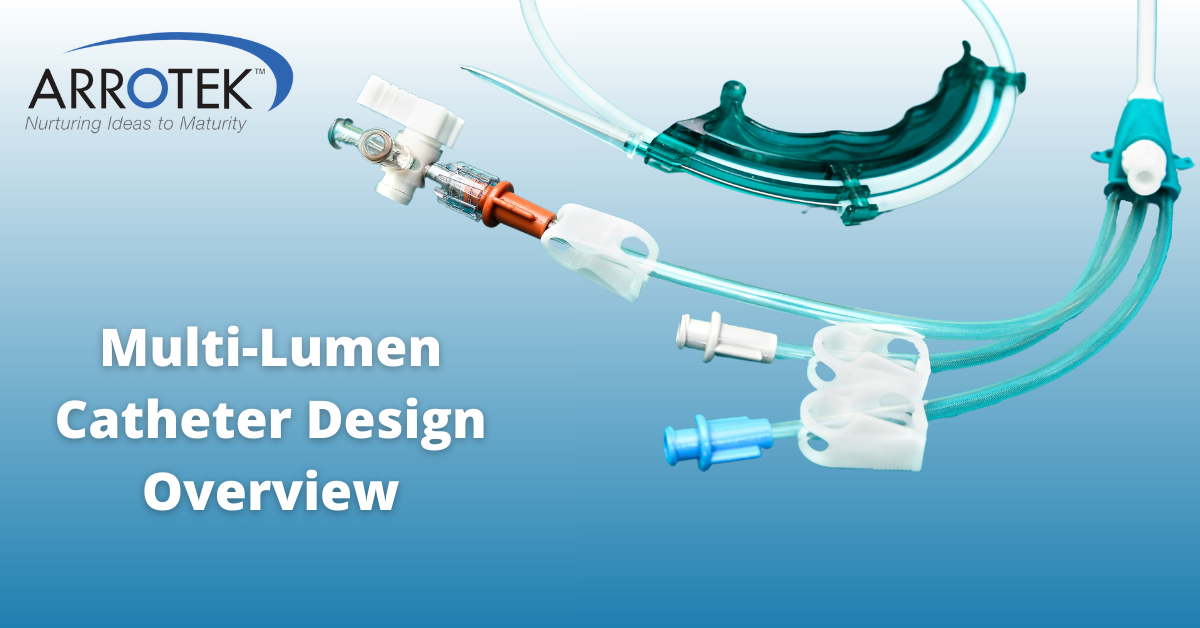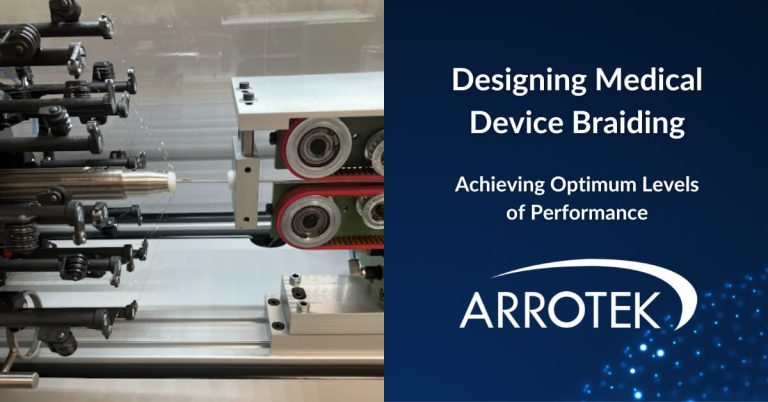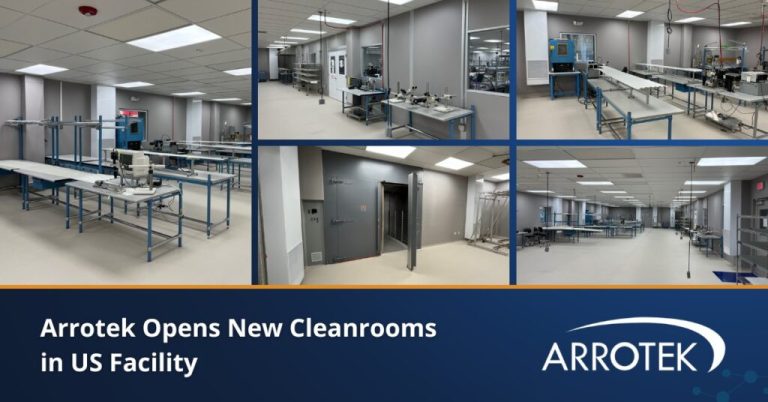Multi-lumen catheters are used for several different applications, including highly complicated procedures. They can also be designed with a wide range of performance characteristics.
Furthermore, advances in the design of catheter devices are opening up new opportunities and making it possible to create new multi-lumen catheter products that will improve the treatment and diagnosis of patients with various complex conditions.
In simple terms, a multi-lumen catheter is a single catheter with multiple internal channels or lumens. As it is a single catheter, there is only one entry point. However, the multi-lumen design allows more than one activity to take place during the same procedure.
This can include using the separate lumens to administer different treatments. However, multi-lumen catheters also have other capabilities. Those capabilities include infusing drugs while monitoring flow rate, as well as flushing, cooling, heating, and aspiration.
A crucial benefit of multi-lumen catheter design is that treatments inserted into the lumens do not mix inside the catheter. Instead, each lumen has its own exit point, allowing the treatment to pass through one of the lumens and out of its exit point into the bloodstream
Speak to an Engineer
To speak to one of our engineers about your idea for a new multi-lumen catheter device, please get in touch by completing the form below.
[ult_buttons btn_title=”Start Now” btn_link=”url:https%3A%2F%2Fwww.arrotek.com%2Fan-overview-of-multi-lumen-catheter-design%2F#form|title:Speak to an Engineer||” btn_align=”ubtn-center” btn_size=”ubtn-custom” btn_width=”120″ btn_padding_left=”5″ btn_padding_top=”5″ btn_title_color=”#ffffff” btn_bg_color=”#1e73be” btn_hover=”ubtn-center-dg-bg” btn_bg_color_hover=”#2068d6″ icon=”” icon_size=”18″ icon_color=”#f9f9f9″ btn_icon_pos=”ubtn-sep-icon-at-left” btn_border_style=”solid” btn_border_size=”1″ btn_radius=”3″ btn_font_size=”desktop:16px;” el_class=”read-more-button-home”]
Lumen Design
Multi-lumen catheters often feature two or three lumens, although four and five-lumen designs are also common. In some situations, it is even possible to have more than five lumens.
It is also possible to design lumens with various sizes and shapes within the same catheter. For example, a triple-lumen catheter could have one large-diameter lumen and two with smaller diameters.
Double lumen catheters are sometimes referred to as double-D lumen catheters in reference to the shape of each lumen in some designs, i.e., two semicircles. Many triple lumen catheters also have a design that is symmetrical, with the cross-section looking like a peace symbol. Both double and triple lumen catheters are often used for peripherally inserted central catheters.
However, there is no set design for the lumens inside the catheter, as it is possible to size and shape the lumens based on the requirements of the catheter and what it will be used for. For example, percutaneous transluminal coronary angioplasty catheters typically have lumens of varying sizes and shapes.
Material Considerations for Multi-Lumen Catheters
The materials used in the design of a multi-lumen catheter will impact the performance of the device. For example, in multi-lumen catheters that feature multiple materials, the performance of the device will be impacted by each of the materials used. Those performance characteristics include everything from kink resistance to steerability to durometer shore and more.
Other important material considerations include:
- What are the biocompatibility requirements?
- What sterilization methods will be used?
- Will temperature impact the performance of the catheter?
Functional and Mechanical Considerations for Multi-Lumen Catheters
The functional and mechanical considerations that are important when designing a multi-lumen catheter include:
- Torque control
- Kink resistance
- Co-efficient of friction requirements, e.g., a device designed to pass something through one of the lumens is likely to need a low co-efficient of friction in that lumen.
- Steerability
- Deflection requirements
- Push requirements
- Multi-durometer requirements
- Tube reinforcement requirements
- Thermo-sensitivity requirements where the catheter is stiff when being inserted but then softens to improve patient comfort and for vessel conformity reasons.
- Varying catheter and lumen diameters
- Other elements, such as sensors, wires, or marker bands
Speak to an Engineer
Multi-lumen catheters can be challenging to fabricate, highlighting the importance of an effective and structured design process. Excellent knowledge of materials is also required, in addition to design for manufacture and design for assembly expertise. At Arrotek, we have the knowledge and expertise to successfully design multi-lumen catheters, so we can help with your project. Get in touch today by completing the form below.





